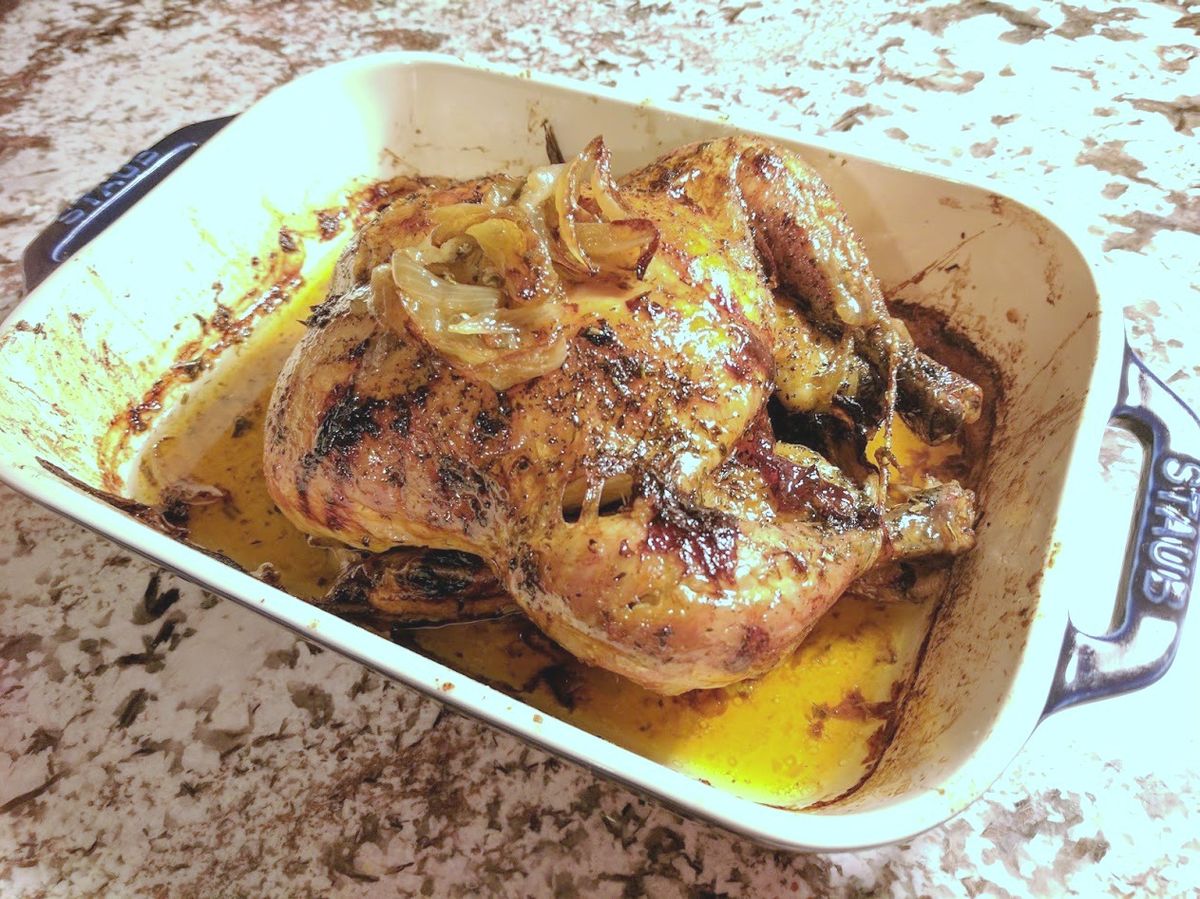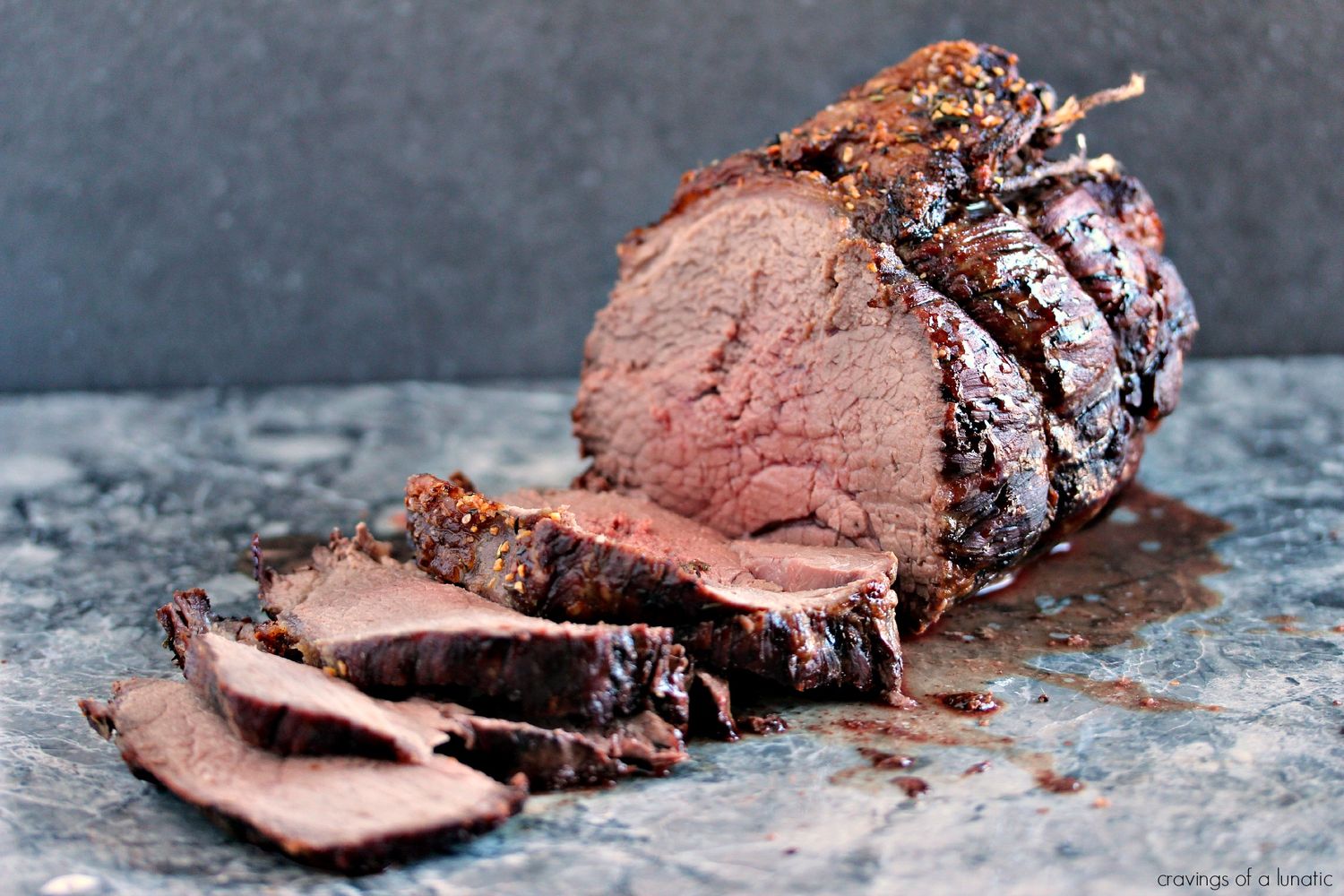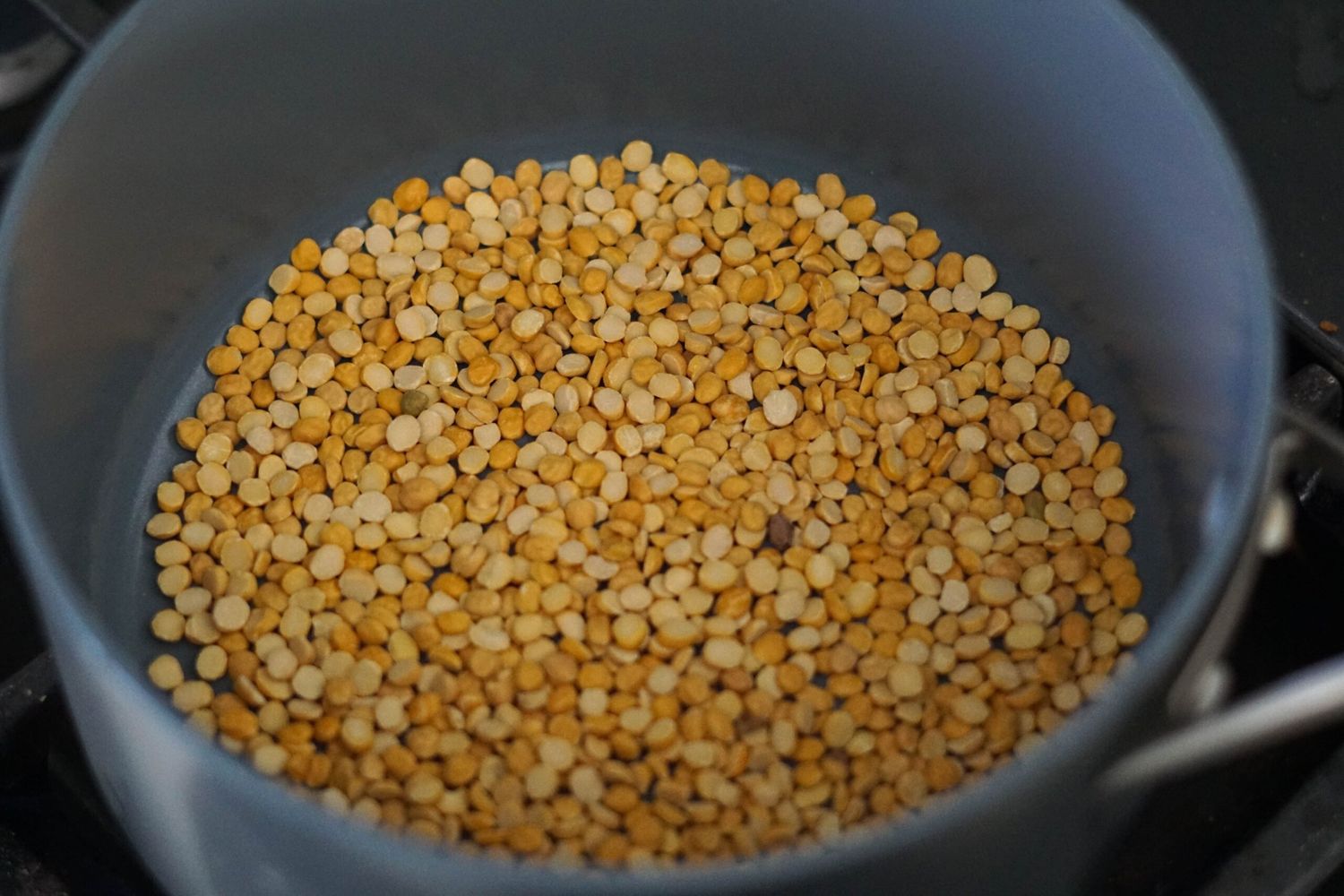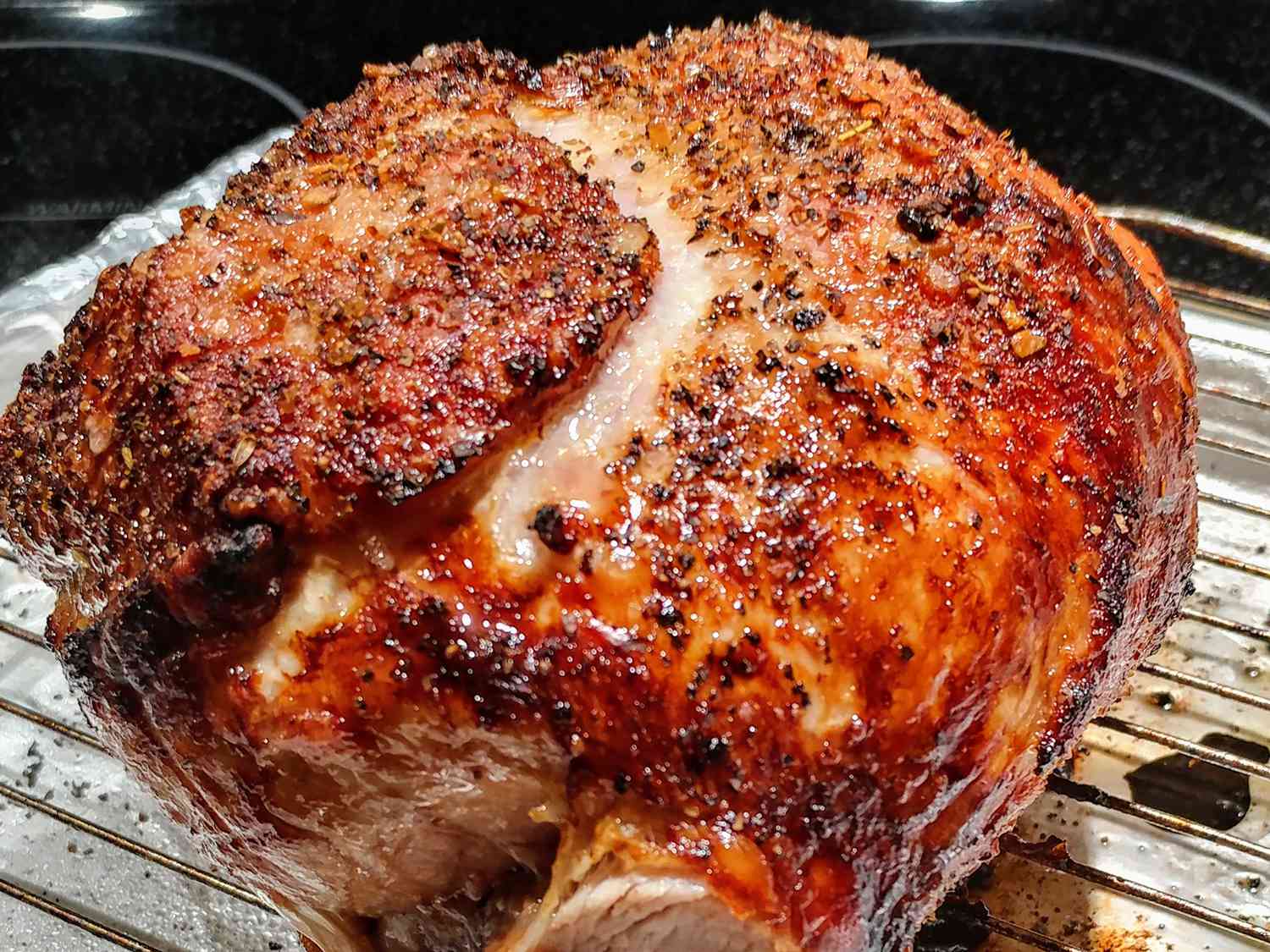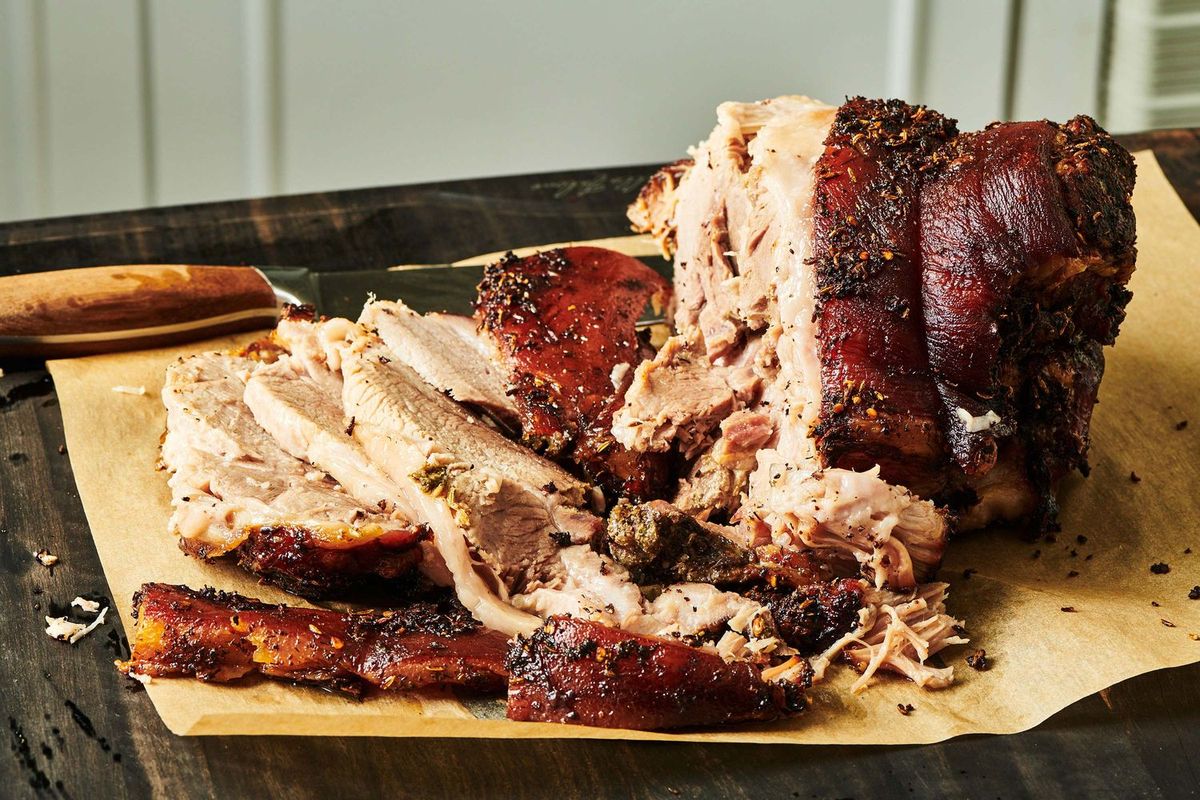Roasting Anaerobic Coffee: A Delicious Adventure
Roasting coffee is an art that requires precision, patience, and a deep understanding of the beans’ unique characteristics. When it comes to anaerobic coffee, the process becomes even more intriguing. Anaerobic fermentation is a method that involves fermenting coffee beans in an environment devoid of oxygen, resulting in a distinct flavor profile that sets it apart from other types of coffee. In this guide, we will explore the steps to roast anaerobic coffee to perfection.
Understanding Anaerobic Coffee
Anaerobic coffee is a type of coffee that undergoes a fermentation process in an oxygen-free environment. This method allows for the development of complex flavors and aromas that are not commonly found in traditional coffee beans. The fermentation process typically takes place in sealed tanks or containers, where the absence of oxygen creates a unique environment for the beans to undergo transformation.
Roasting Anaerobic Coffee: Step by Step
Roasting anaerobic coffee requires a delicate balance of time, temperature, and technique to bring out the best in the beans. Here are the essential steps to achieve a perfect roast:
- Preheat the Roaster: Start by preheating the roaster to the desired temperature. For anaerobic coffee, a slightly lower temperature than usual is recommended to preserve the delicate flavors developed during fermentation.
- Load the Beans: Once the roaster is preheated, carefully load the anaerobic coffee beans into the drum. It’s essential to monitor the quantity to ensure even roasting.
- Monitor the Roast: As the beans begin to roast, pay close attention to the color and aroma. Anaerobic coffee beans may exhibit different visual and olfactory cues during the roasting process, so it’s crucial to rely on all your senses.
- Adjust the Temperature: Throughout the roasting process, be prepared to adjust the temperature as needed to maintain an optimal roast profile. This may involve small, incremental changes to achieve the desired flavor and aroma.
- Cooling and Storage: Once the beans reach the perfect roast level, transfer them to a cooling tray to halt the roasting process. After the beans have cooled, store them in airtight containers to preserve their freshness and flavor.
Enjoying Anaerobic Coffee
After the beans have been roasted to perfection, it’s time to savor the unique flavors of anaerobic coffee. Whether you prefer a rich, full-bodied espresso or a smooth, aromatic pour-over, anaerobic coffee offers a sensory experience like no other. Take the time to appreciate the nuances of flavor and aroma that result from the meticulous roasting process.
Experiment and Explore
Roasting anaerobic coffee is a journey of discovery and experimentation. Embrace the opportunity to explore different roast profiles, brewing methods, and flavor combinations to unlock the full potential of these exceptional beans. With each batch, you’ll gain new insights and appreciation for the complexities of anaerobic coffee.
In conclusion, roasting anaerobic coffee is a rewarding endeavor that allows coffee enthusiasts to delve into the realm of unique flavors and aromas. By understanding the intricacies of the roasting process and embracing the art of experimentation, you can elevate your coffee experience to new heights. So, roll up your sleeves, fire up the roaster, and embark on an unforgettable journey into the world of anaerobic coffee.
Was this page helpful?
Read Next: How To Roast And Salt Pistachio Nuts

